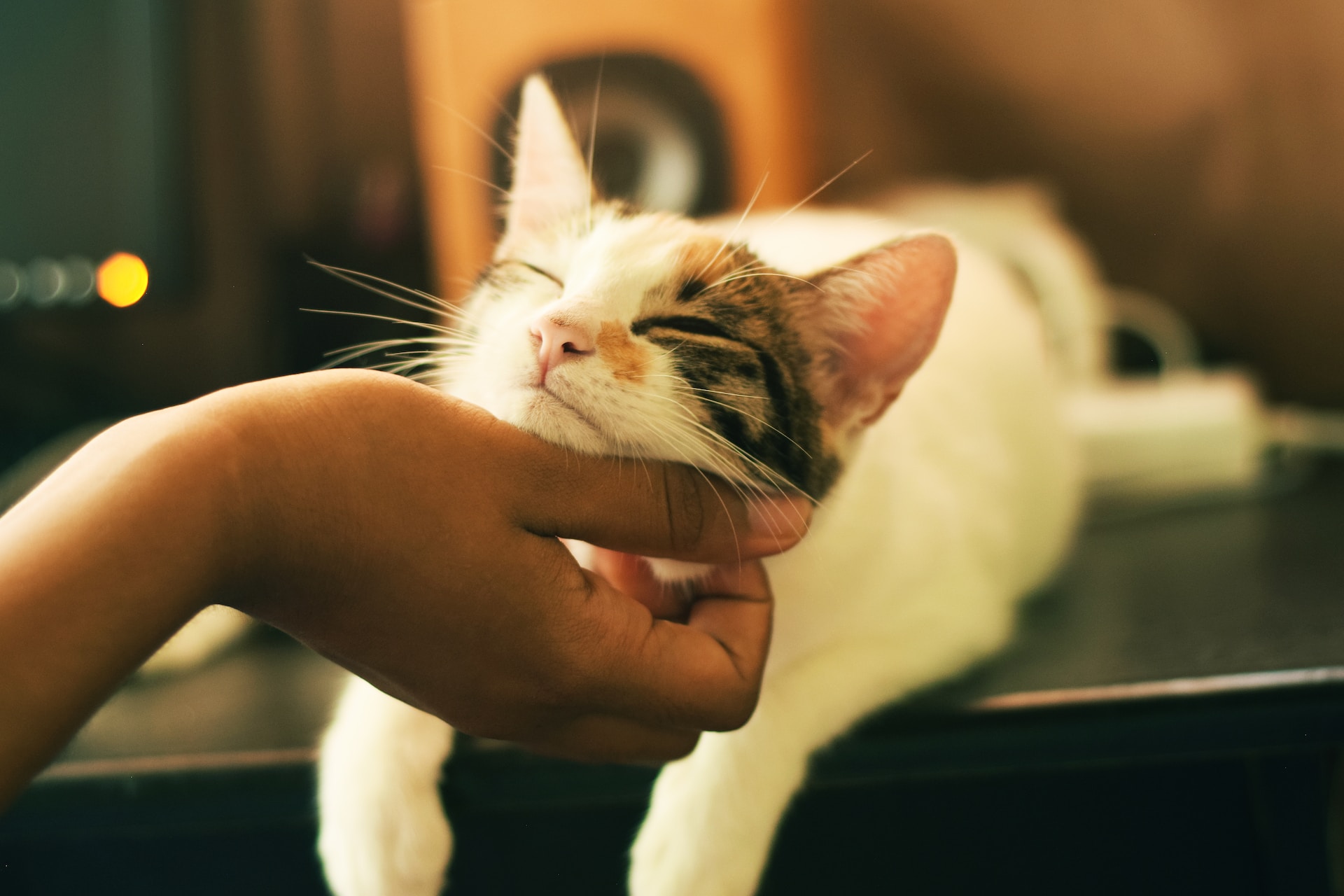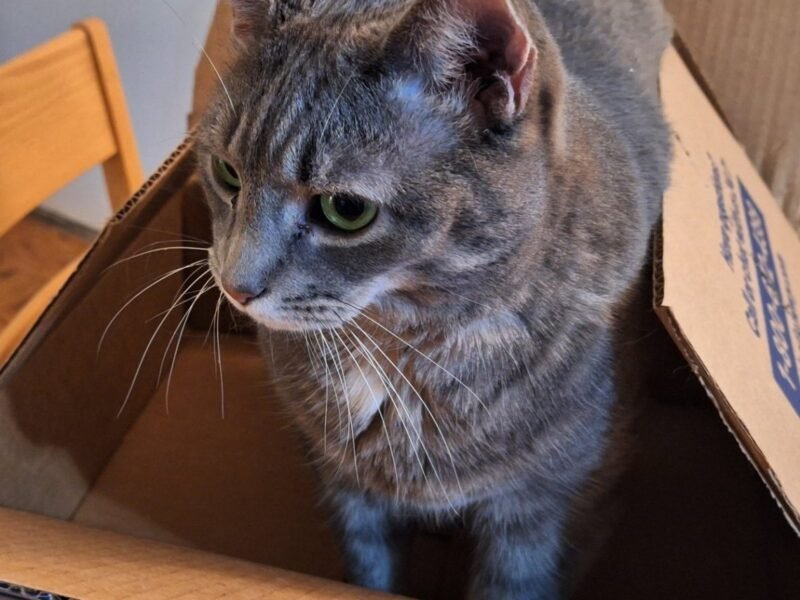As we strive to maintain a clean and healthy living environment, many of us rely on a variety of household cleaning products. Fabuloso is a popular cleaning product known for its refreshing scents and effective cleaning power. It is a product that is used in countless households around the world. However, as pet owners, it’s only natural for us to question whether the use of such products is entirely safe for our cats.
This concern stems from the growing awareness of the potential risks associated with household cleaning products, especially when it comes to our animals. Cats are known for their curious nature which often includes sniffing, licking, or even coming into direct contact with household surfaces treated with cleaning agents. For this reason, it is important to be mindful of the products you have at home.
In this article, we will discuss the question: Is Fabuloso safe for cats? We will discuss its ingredients, potential hazards, and the implications of using it in a household where cats live.
Understanding Fabuloso
Fabuloso is a popular cleaning product appreciated for its vibrant scents and its effectiveness in cleaning.
Fabuloso is often used to clean various surfaces within the home, such as floors, countertops, bathroom fixtures, and more. Its versatility and affordability have made it a staple in many households for everyday cleaning chores.
Ingredients in Fabuloso
To determine whether this product is safe for cats, it’s important to look at the ingredients that make up Fabuloso. Here’s a closer look at what you’ll find in a typical bottle:
1. List of Ingredients:
- Water: The primary solvent in Fabuloso.
- Sodium Dodecylbenzenesulfonate: A surfactant that aids in breaking down dirt and grease.
- Sodium Laureth Sulfate: Another surfactant used for cleaning.
- Fragrance: The scents that give Fabuloso its distinctive smell.
- Colorants: These provide the product with its vibrant, appealing colors.
- Preservatives: To extend the product’s shelf life.
2. Potential Hazards: While many of these ingredients are standard in household cleaning products, some may raise concerns when it comes to pet safety. Cats are particularly sensitive to certain chemicals. Ingredients like fragrances, colorants, and preservatives can potentially pose risks if ingested or inhaled by your cat.
Cats and Household Chemicals
Cats have an inquisitive nature and grooming habits and are inherently vulnerable to the effects of household chemicals. Their keen sense of smell can lead them to investigate any intriguing scents wafting through the home. Also, their grooming routines mean that any residue they come into contact with can be ingested during self-cleaning.
Potential Risks of Exposure to Cleaning Products
The risks of exposure to cleaning products like Fabuloso include a range of potential health issues for cats. These may include:
- Ingestion: If a cat licks or chews on a surface treated with cleaning agents, they may ingest harmful chemicals. This can lead to gastrointestinal distress, poisoning, or more severe health issues.
- Inhalation: Cats can also inhale chemical fumes, which may irritate their sensitive respiratory systems. This can result in coughing, sneezing, or even more severe respiratory problems.
- Skin Contact: Direct contact with cleaning product residue on the skin can lead to skin irritation or allergic reactions in some cats.
- Secondary Ingestion: Cats may also ingest chemicals indirectly by grooming their fur, which has been contaminated by cleaning product residues.
With these potential risks in mind, it becomes evident that the choice of household cleaning products and the precautions taken during their use are of utmost importance when you have cats in your home.
The Importance of Safe Cleaning Around Pets
When you have a cat, it’s important to use cleaning practices that prioritize their safety. This includes selecting cleaning products that are less likely to harm cats, using them carefully, and taking preventive measures to minimize the risk of exposure.
Is Fabuloso Safe for Cats?
Fabuloso, like many conventional cleaning products, contains a blend of chemicals that can pose risks to our feline companions:
- Toxic Ingredients: Fabuloso contains several ingredients that can be harmful to cats if ingested or exposed to their sensitive skin. The presence of surfactants, colorants, and fragrances may be particularly concerning.
- Allergic Reactions: Cats, just like humans, can experience allergic reactions to certain chemicals. Fabuloso’s fragrances and dyes may trigger allergies, leading to symptoms such as itching, skin redness, or respiratory issues in sensitive individuals.
Pet-Friendly Alternatives to Fabuloso
Considering the potential risks associated with Fabuloso, many pet owners opt for alternative cleaning products that are designed to be safe for both their homes and their pets. These alternatives often include:
- Natural Cleaning Solutions: Homemade or commercially available natural cleaning solutions, which use ingredients like vinegar, baking soda, and essential oils, are gaining popularity. They provide effective cleaning without the chemical hazards.
- Pet-Safe Cleaning Brands: Several cleaning product brands have recognized the need for pet-safe options. These products are formulated to be less toxic to pets, with milder scents and fewer harsh chemicals.
In the upcoming sections of this article, we will explore these alternatives in greater detail, providing you with practical tips on how to maintain a clean home while prioritizing the safety and well-being of your beloved cats.
Signs of Poisoning in Cats
As a cat owner, it is very important to be able to recognize signs of poisoning. Stay vigilant and knowledgeable about the symptoms of poisoning to ensure swift action and potentially life-saving treatment.
Common Symptoms of Chemical Poisoning in Cats
- Vomiting and Diarrhea: These are often the first signs of poisoning in cats. If your cat suddenly starts vomiting or experiencing diarrhea, especially after exposure to a cleaning product like Fabuloso, it should raise immediate concern.
- Difficulty Breathing: Chemical fumes can irritate a cat’s respiratory system. If your cat is coughing, wheezing, or having trouble breathing, this may indicate exposure to toxic substances.
- Excessive Drooling: Increased salivation or drooling can be a sign of chemical poisoning. It’s important to distinguish this from normal grooming behavior.
- Lethargy and Weakness: If your cat suddenly becomes lethargic, weak, or unresponsive, it could be a sign of poisoning. Cats are usually active and curious, so any significant change in behavior should be taken seriously.
- Tremors or Seizures: These severe symptoms can occur in cases of severe poisoning. If your cat experiences tremors or seizures, seek immediate veterinary attention.
- Loss of Appetite: A sudden refusal to eat or drink can be a sign that something is amiss. Poisoning can affect a cat’s appetite and overall well-being.
Immediate Actions to Take If a Cat Is Exposed to Fabuloso
If you suspect that your cat has been exposed to Fabuloso or any potentially toxic substance, act quickly by doing the following:
- Remove the Cat from the Area: Safely remove your cat from the vicinity of the cleaning product to prevent further exposure.
- Ventilate the Area: Open windows and doors to allow fresh air to circulate and dissipate any lingering fumes.
- Contact a Veterinarian: Reach out to your veterinarian or an emergency animal poison control hotline immediately. They can provide guidance on the next steps, which may include inducing vomiting or other treatment options.
- Collect Information: Be prepared to provide your veterinarian with information about the product your cat was exposed to, including its brand, ingredients, and the estimated quantity ingested or inhaled.
- Do Not Induce Vomiting Without Guidance: Inducing vomiting can be beneficial in some poisoning cases but should only be done under the guidance of a veterinarian or poison control expert.
Preventing Exposure
Prevention is the most important preventive measure to ensure the safety and well-being of your feline family members when it comes to household cleaning products like Fabuloso. Take proactive measures to minimize the risk of exposure for your cats.
Safe Storage of Cleaning Products
- Secure Cabinets: Store cleaning products, including Fabuloso, in cabinets that are out of your cat’s reach. Cats are known for their climbing abilities, so be sure to choose high cabinets with childproof locks or latches.
- Use Secure Containers: Transfer cleaning products to secure, tightly sealed containers to reduce the risk of accidental spills or leaks. Original packaging may not always provide adequate protection.
- Read Labels: Always read the labels and warnings on cleaning products, including Fabuloso. Understanding the potential hazards and recommended safety precautions is crucial.
Cleaning Routines that Minimize Risks to Pets
- Isolate Your Cat: When using cleaning products, consider confining your cat to a separate room or area where cleaning is not taking place. This limits their exposure to fumes and residues.
- Ventilate: Ensure proper ventilation by opening windows and using exhaust fans when cleaning. This helps dissipate fumes more quickly.
- Dilution: If you choose to use Fabuloso or similar products, dilute them according to the manufacturer’s instructions. Dilution can reduce the concentration of potentially harmful chemicals.
- Rinse Thoroughly: After cleaning surfaces with Fabuloso, rinse them thoroughly with water to remove any residue. This can help minimize the risk of your cat coming into contact with the product.
Use of Pet-Friendly Cleaning Products
Consider making a switch to cleaning products explicitly labeled as safe for pets. These products are designed to be less toxic and are often free from harsh chemicals and strong fragrances that may pose risks to your cat’s health.
What to Do If Your Cat Is Exposed
Accidents can happen despite our best efforts to prevent them. If you suspect that your cat has been exposed to Fabuloso or any other potentially harmful cleaning product, it’s important to act fast.
Step-by-Step Guide to Handling Exposure Incidents
- Safety First: Ensure your safety and wear protective gloves if you need to handle your cat or clean up any spills. Your cat may be frightened or agitated, so approach with care.
- Remove from Exposure: If your cat is still near the cleaning product, gently and calmly remove them from the area and take them to a well-ventilated space. Ensure they have access to fresh air.
- Assess the Situation: Evaluate the extent of exposure. Determine if your cat has ingested, inhaled, or made skin contact with the cleaning product. This information will be valuable when seeking help.
- Contact a Veterinarian: Immediately contact your veterinarian or an emergency animal poison control hotline. Provide them with details about the cleaning product, the extent of exposure, and any observed symptoms.
- Follow Professional Guidance: Follow the advice provided by your veterinarian or poison control expert carefully. They may recommend inducing vomiting or other specific actions depending on the situation.
Contacting a Veterinarian
- Be Prepared: When you contact your veterinarian, have information ready, such as the name and brand of the cleaning product, the list of ingredients, and the estimated amount your cat may have been exposed to.
- Don’t Wait: In cases of potential poisoning, time is of the essence. Don’t delay in seeking professional guidance. Early intervention can significantly improve the outcome.
Potential Treatments for Poisoning
The treatment for poisoning will depend on the specific circumstances and the severity of exposure. Potential treatments may include:
- Inducing Vomiting: In some cases, your veterinarian may recommend inducing vomiting to remove the toxic substance from your cat’s system. This should only be done under professional guidance.
- Activated Charcoal: Activated charcoal may be administered to absorb toxins and prevent their further absorption in the digestive system.
- Intravenous Fluids: If your cat is dehydrated or experiencing severe symptoms, intravenous fluids may be necessary to maintain hydration and support recovery.
- Medications: Your veterinarian may prescribe medications to manage symptoms such as nausea, seizures, or respiratory distress.
Remember that every case of poisoning is unique and the treatment needed will vary accordingly. Always follow the guidance of your veterinarian or the poison control experts and be vigilant in monitoring your cat’s condition throughout the recovery process.


